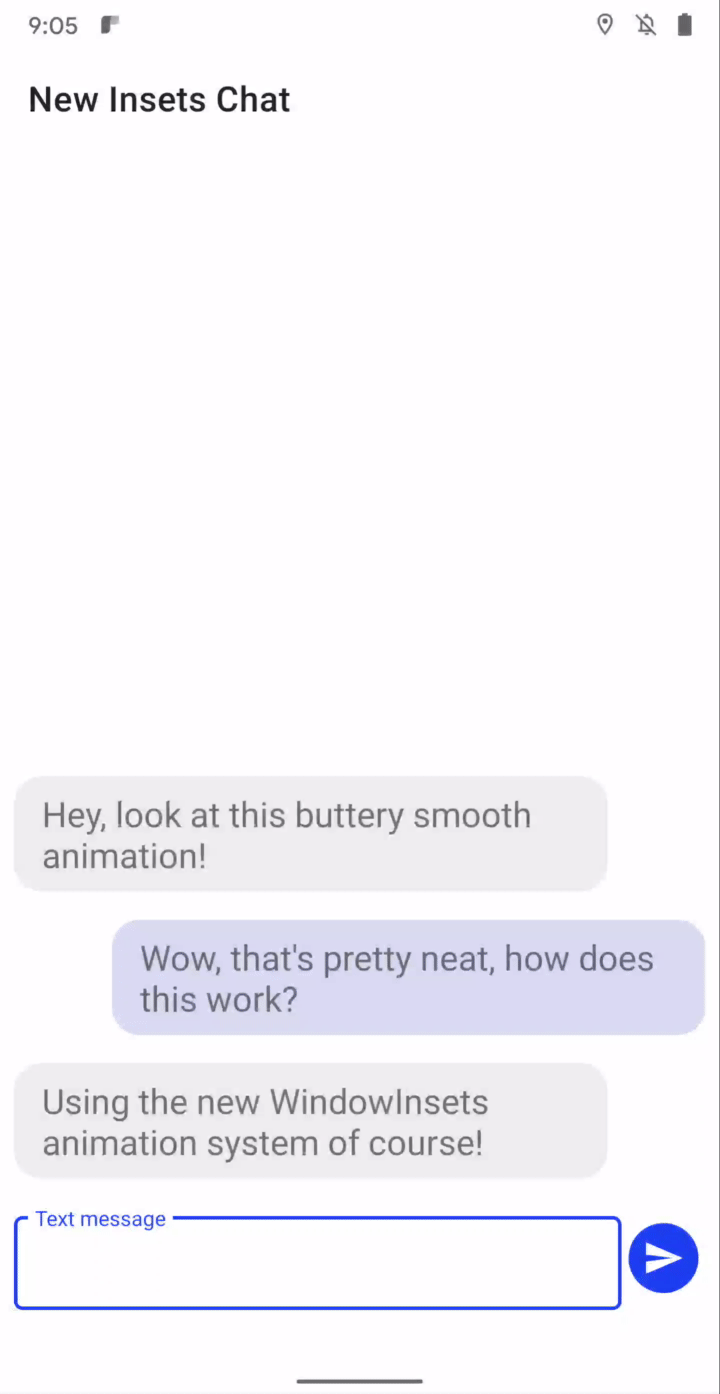Android 11 will give a big boost to phones with 120Hz displays, 5G and foldables
The latest Android 11 preview makes the most of 2020's biggest new phone features

A new handful of features have been added to the newest version of Android 11, and it's good news for users who have purchased — or plan to buy — a phone with a high refresh rate display, a 5G phone or a foldable phone.
As revealed on Google's Android Developers Blog (via XDA Developers), the second of three developer previews has just gone live. This isn't something normal users should download and try out, but you ought to pay attention to see what improvements and new features will be coming to your Android phone later this year.
- Android 11: Release date, features, beta and more
- The best Android phones right now
One of the most interesting additions to Android 11 is the ability to detect the angle of a foldable phone's hinge. Developers could then use this information to make apps work in different ways, depending on how open a foldable was. We saw with Samsung's Galaxy Z Flip that opening the phone at a right angle to make it stand up helped with video calls, so more functions like this would be very welcome.
Also important is that apps will be able to detect what kind of 5G network a user is connected to, allowing them to activate certain functions and increase performance depending on if it's a standalone network or non-standalone network.
In Android 10, Google added the option for users to give apps location data only when they were actively being used. In this new dev version of Android 11, Google is experimenting with doing the same for camera and microphone access. This will keep more of a user's data safe from apps when it's not needed or not requested by the user.
We can also expect smoother animations, as Google has given devs a tool to synchronize the movements in their app with the virtual keyboard and other UI elements. The GIF below shows how this could be used to make a snappy fast animation, but Google also shows an example that follows the user's touch input more accurately.

Since more phones are now using refresh rates higher than the standard 60Hz — including the Samsung Galaxy S20 series — there is now the ability in Android 11 for apps to specify at which rates they want to run. This will be useful for phones using an adaptive setting for its refresh rate, only activating the higher rate when requested in order to save battery life.
Get instant access to breaking news, the hottest reviews, great deals and helpful tips.
There's also improvements to call screening in Android 11, like we've seen on Google's own Pixel 4 and earlier handsets, a boost to machine learning thanks to a new "hard-swish op", and apps can now also get back to normal faster after overnight OS updates with a new setting allowing them to not require a fresh log-in.
XDA Developers found some other Android 11 features not mentioned in Google's blog. These include having a history of recently dismissed notifications available in the settings, reachable via a button in the notification shade. There's also the option to require open eyes when using Face Unlock on a Pixel 4 and some refreshed interface elements like the wallpaper selection menu and the screen recorder.
You can also try different punch-hole styles on the display via an option in the settings menu, which will be handy for developers more than normal users, but could be fun to play with.

In April we will see the third and final developer preview before Google then launches the Android 11 beta, making it easier for dedicated users to try out the new features. The majority of people should wait for official Android 11 launch, however, which Google's timeline puts at some point in Q3 (between July and September).

Richard is based in London, covering news, reviews and how-tos for phones, tablets, gaming, and whatever else people need advice on. Following on from his MA in Magazine Journalism at the University of Sheffield, he's also written for WIRED U.K., The Register and Creative Bloq. When not at work, he's likely thinking about how to brew the perfect cup of specialty coffee.
